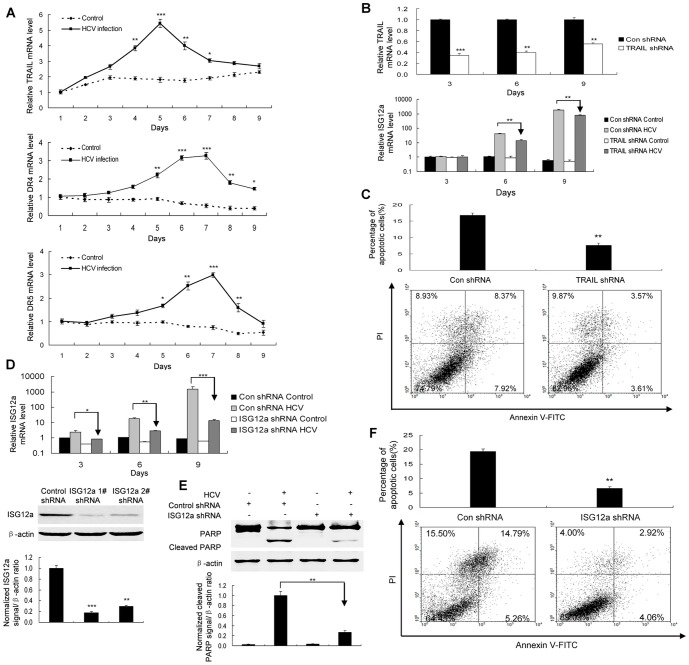Figure 5. Apoptosis induction by HCV infection in HLCZ01 cells involves ISG12a which relies on TRAIL-mediated pathway.
(A) HCV infection induced TRAIL and its receptors DR4 and DR5. HLCZ01 cell were infected by HCV at MOI of 0.1 for different time periods. TRAIL, DR4 and DR5 mRNA was examined by real-time PCR and normalized with GAPDH. (B/C) Silencing of TRAIL inhibited the induction of ISG12a and blocked apoptosis of viral-infected cells. TRAIL shRNA was delivered into HLCZ01 cells, followed by HCV infection. (B) TRAIL and ISG12a mRNA was detected by real-time PCR and normalized with GAPDH. (C) Cells were collected for flow cytometry analysis. (D) Confirmation of ISG12a knockdown with ISG12a-specific shRNA in HLCZ01 cells. The plasmid pSilencer-ISG12a shRNA was delivered into HLCZ01 cells. ISG12a mRNA and protein was detected by real-time PCR and western blot receptively. (E/F) ISG12a knockdown prevented HCV-infected HLCZ01 cells from apoptosis. The plasmid pSilencer-ISG12a shRNA was delivered into HLCZ01 cells. The cells were infected with HCV for 9 days. PARP cleavage was examined by western blot (E). The cells were examined by flow cytometry (F). If not stated otherwise bar graphs represent means of three independent experiments.

